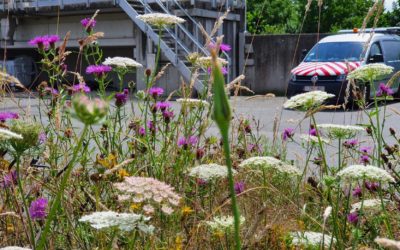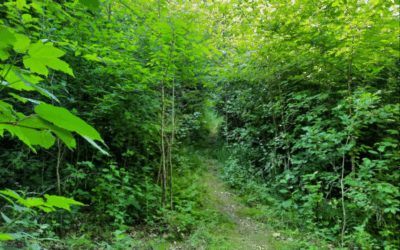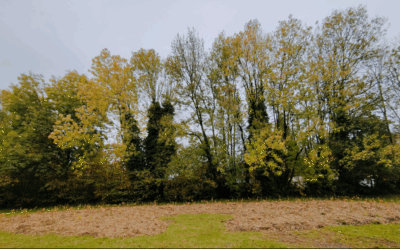Local approach to biodiversity at Aquafin’s wastewater treatment plant sites.
National Park Hoge Kempen
The project
On 23 March 2006, Belgium’s first national park was established by the then Flemish Minister for the Environment. The Hoge Kempen National Park, in the Belgian province of Limburg, is a unique nature reserve where more than 12 000 hectares of forest and heathland are managed and protected. The area covers the municipalities of As, Bilzen-Hoeselt, Bree, Dilsen-Stokkem, Genk, Lanaken, Maasmechelen, Maaseik, Oudsbergen and Zutendaal.
An ‘Operational Programme’ for the 2020-2025 period was approved in 2021. This comprises 137 actions by 32 partners, for which 82 million euros are available. It resulted, among other things, in a call by the Flemish government to regional area coalitions to explore and apply for opportunities to establish additional national parks in Flanders. Meanwhile, there are 4 National Parks in Flanders.
Several defragmentation measures have been systematically implemented, including ecorasters, ecotunnels, a berm bridge and an ecoduct, to promote ecological connectivity.
Finally, with our 1% for nature programme, we want to help companies with to achieve their CSR goals (Corporate Social Responsibility) or SDGs (Sustainable Development Goals). If you are looking for an interesting nature project to invest part of your profit (e.g. 1%) in, we have several great nature projects your company can contribute to. With our National Park Fund, we raise around 60,000 euros annually, through which we encourage local initiatives around nature development.
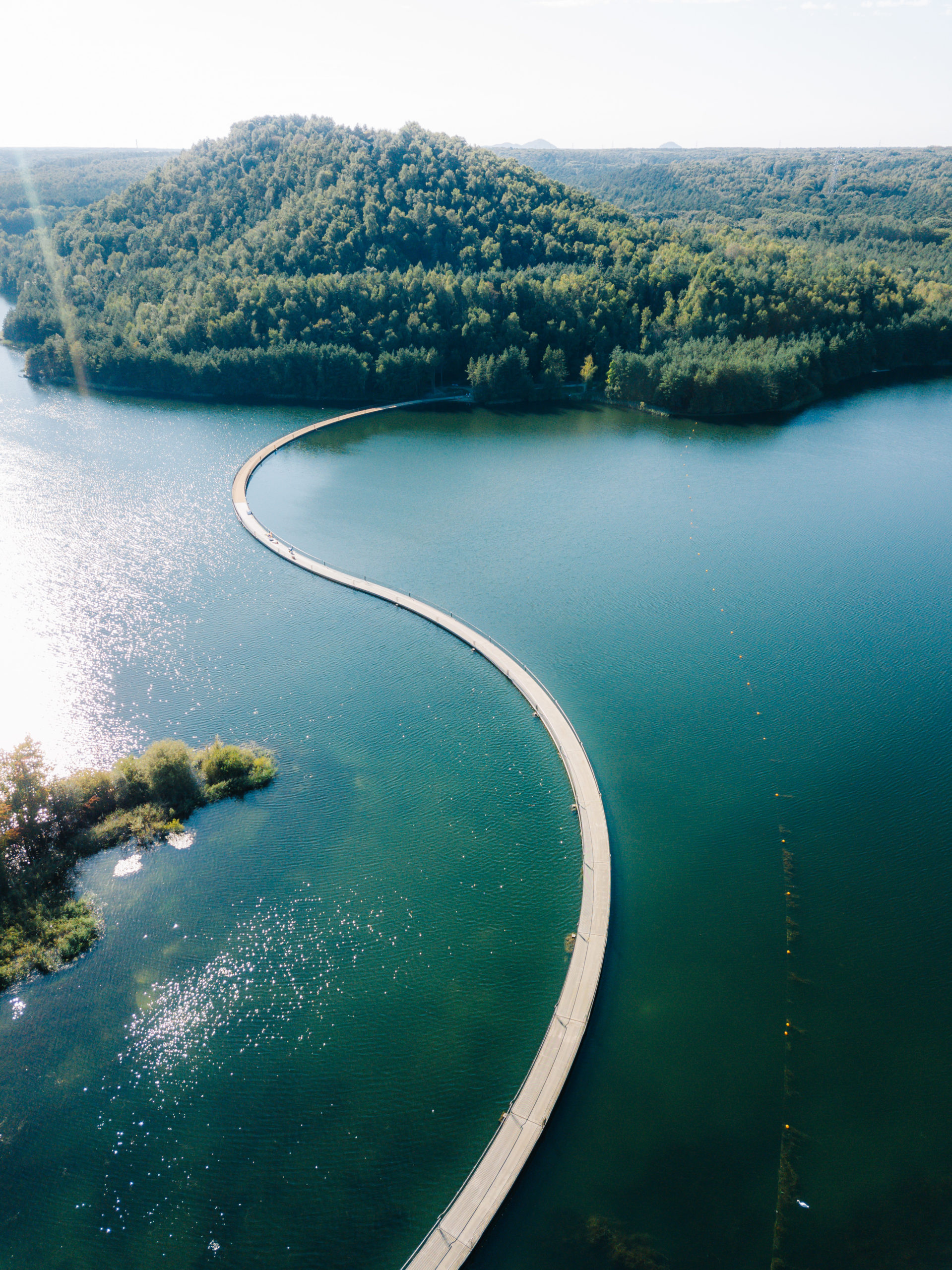
Project location
Contribution(s)
Project costs
Participant(s)
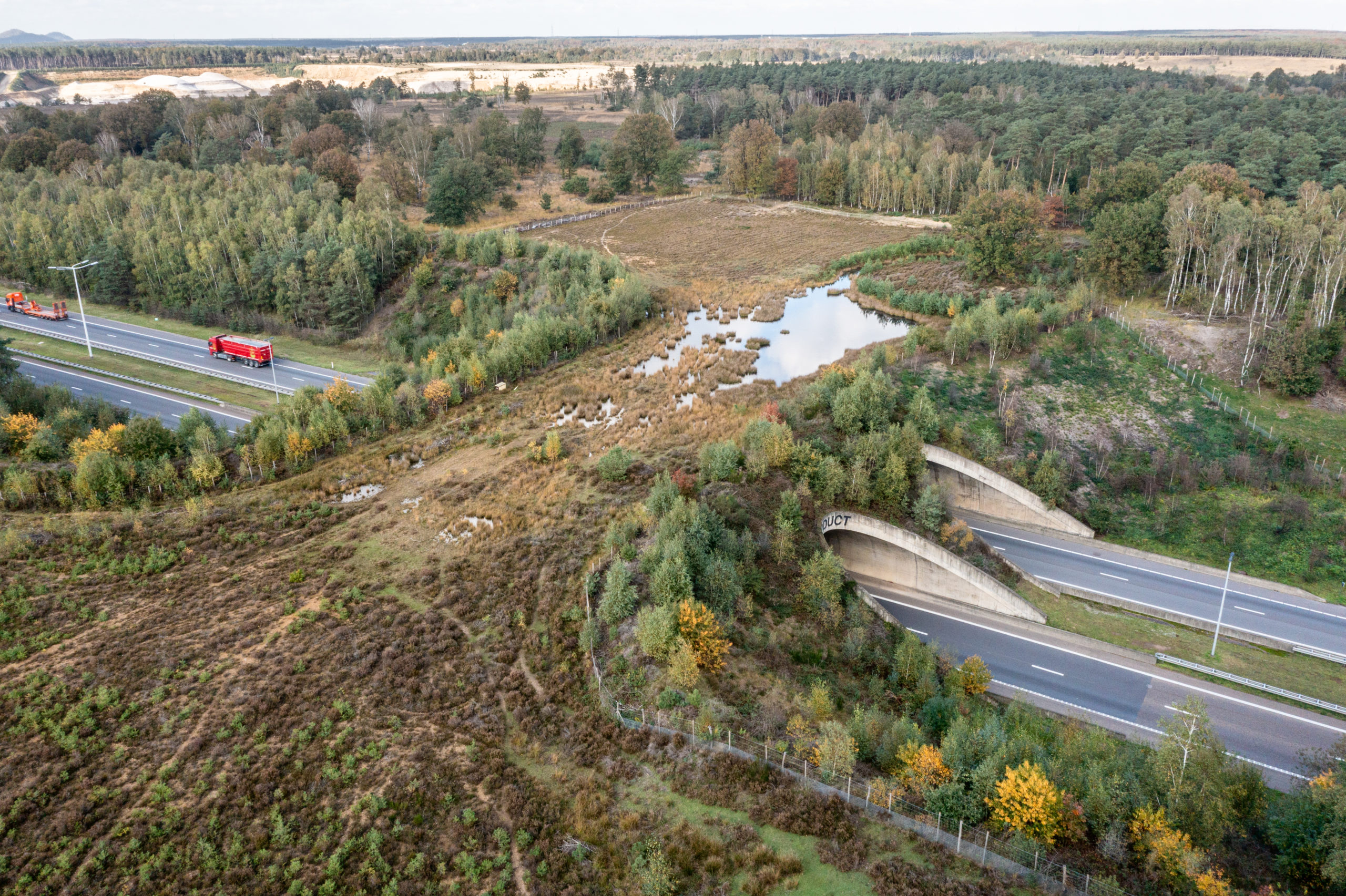
- Regionaal Landschap Kempen en Maasland vzw is commissioned to develop the National Park Team within its operations.
- Nature managers (i.e. Agentschap Natuur en Bos, Limburgs Landschap vzw, Natuurpunt vzw, Orchis vzw, …)
- Local authorities (As, Bilzen-Hoeselt, Bree, Dilsen-Stokkem, Genk, Lanaken, Maaseik, Maasmechelen, Oudsbergen, Zutendaal)
- Provincial government of Limburg
- Flemish government with their relevant organisations, services or agencies
- Together they form the National Park Coalition. In total, the National Park Coalition currently consists of 32 coalition partners.
How are the criteria of the objective met?
Urban and peri-urban areas
- Respect and/or improve the specific ecological characteristics of the area (e.g. the topography, the type of landscape, the local plant and animal life);
- Set up a biodiversity-friendly management system (e.g. rewilding, reduced mowing of parks, gardens, talus, ponds, no chemicals);
- As much naturalness as possible/as little alteration as possible of the initial landscape (landscape, quality of water, of soil, …);
- Incorporate the developments into the surrounding area and environment;
- Use native species/subspecies that are more resilient and resistant to climate change, if appropriate.
The High Campine National Park Master Plan 20-40 included action programmes to make the National Park Robust, Acquiring and Resilient by 2040. For instance, through a Spatial Implementation Plan, about 500ha of non-green uses (industry, reclaimed land) were converted to nature areas. Ecoducts and eco-tunnels were included in the plan, some of which have already been realised.
Possible initiatives in which the project is involved :
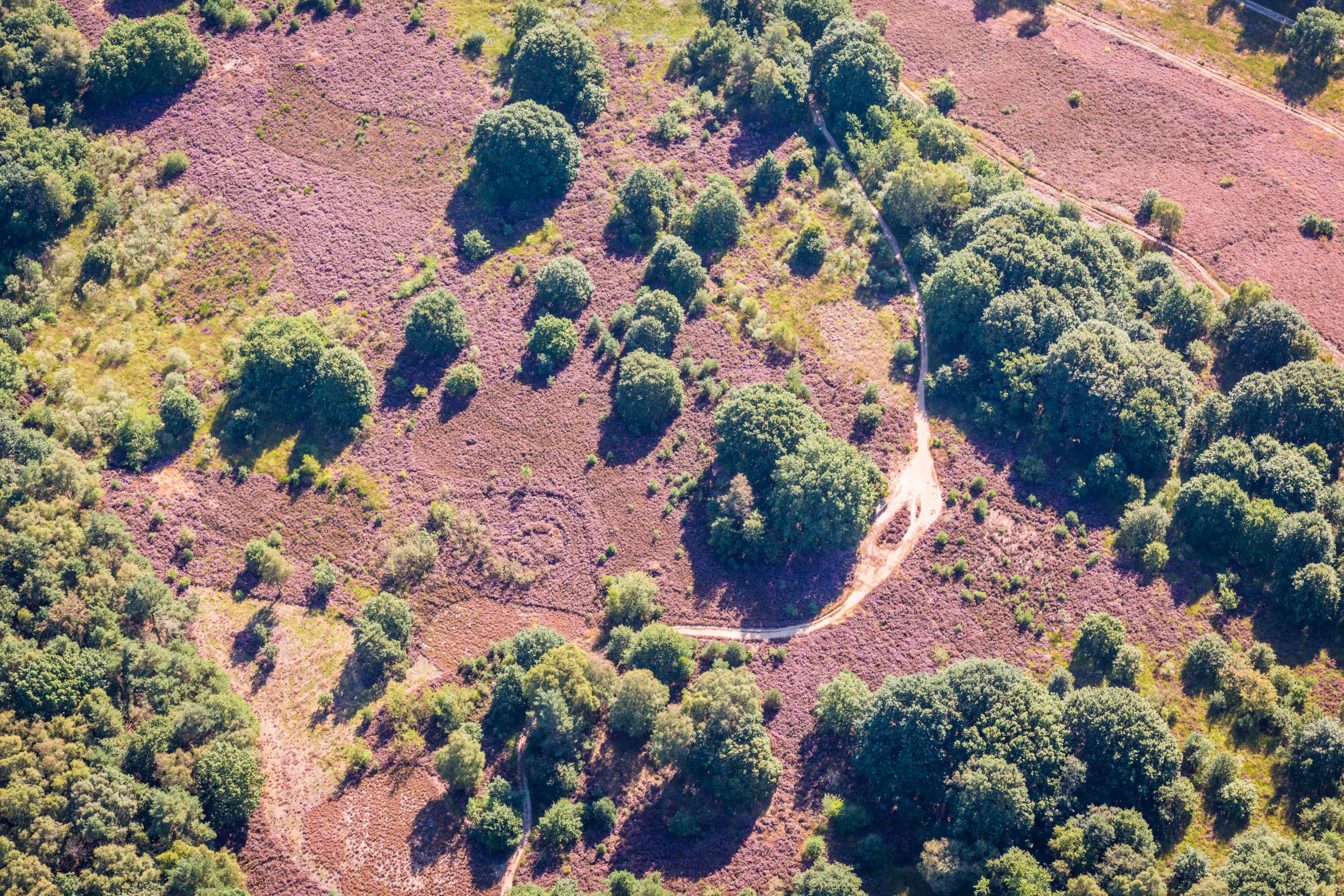
Long-term maintenance
The National Park managers strive for the most natural, self-regulating ecosystem possible, but without losing sight of the great cultural value of the Western European moorland landscape. The National Park managers work together to manage nature through nature management plans. To achieve this, more variety is brought into the forests, the moorland landscape is enlarged, its quality improved and the different moorland areas reconnected.
A multidisciplinary National Park Team has been charged with a range of tasks on behalf of the National Park Coalition in order to fulfil the mission, ambition, spatial vision and objectives set out in the 20-40 Master Plan.
Whereas the Master Plan sets out a long-term vision with a time horizon of 20 years, the Partner Plan 20-25 has a time horizon of 5 years. The plan defines, within the National Park Coalition of 32 partners, the priority actions, working & financing agreements that lead to concrete realisations to make the Hoge Kempen National Park bigger, more beautiful and stronger.
Benefits
The more than 12,000-hectare National Park is a real hotspot of biodiversity. More than 9,000 species of plants and animals live in the Hoge Kempen. If we managed to find all the other species living there too, we could add at least 1,600 more species, and the cape of 10,000 species would be greatly exceeded.
Each of the 9 entrance gates of the Hoge Kempen National Park tells its own story: go on a space journey, crawl into the world of insects or dig into the history of mining. Whether you come hiking, cycling, mountain biking, horse riding or playing: in the Hoge Kempen there is something for everyone! It is the natural “highlight” of the Kempen and Maasland Regional Landscape, known for its unique cycle route network. It also hosts events such as the National Park Marathon.
The 1% for nature initiative provides an opportunity for companies to invest in local nature, offering interesting benefits for them.
Other projects linked to the objective: "Urban and peri-urban areas"
Micro-forests
UrbanForests specialises in creating participatory micro-forests that are 100% natural and based on the Miyawaki method.
Mini forest in Josephine Koch Park
1 day, 900 trees & many hands for greater biodiversity & climate protection.
